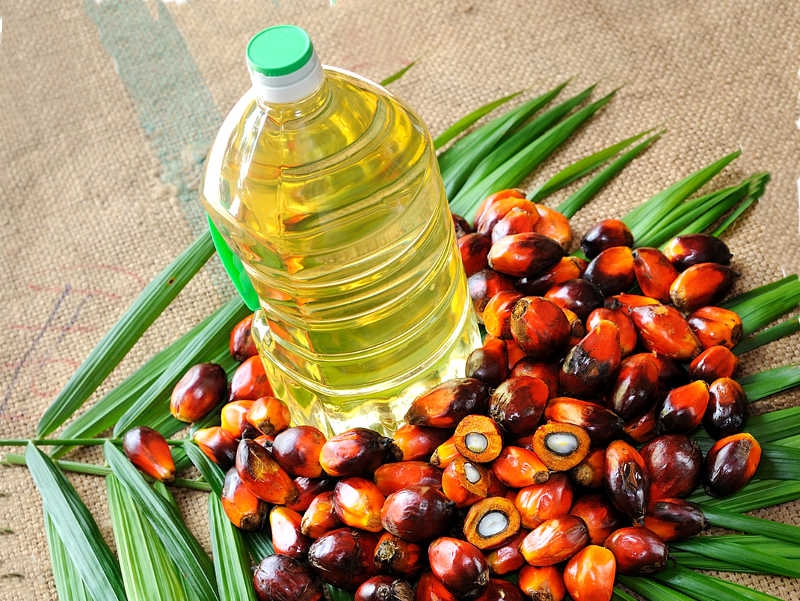Malaysia’s Palm Oil Sector: Navigating US Tariffs Through Diversification and Innovation

The looming August 2025 U.S. tariffs—imposing a 25% ad valorem duty on Malaysian palm oil—have intensified pressure on the country’s $28 billion palm oil industry. Yet, Malaysia’s proactive strategy to diversify export markets and boost yield through biotechnology is positioning the sector to weather this storm. For investors, the story isn’t about panic but opportunity: firms embedding sustainability, tech innovation, and geographic diversification are primed to outperform.
The U.S. currently accounts for less than 5% of Malaysia’s palm oil exports, but the tariff’s psychological impact looms large. To counterbalance, Malaysia has leaned into its “East and South” pivot, with India now its largest buyer (69% of exports) and emerging markets in Africa and the Middle East driving growth.
Nigeria stands out as a star performer: its palm oil imports from Malaysia hit $600 million in 2024, with projections for further growth as the country modernizes its food industry. Meanwhile, the Netherlands, despite EU deforestation regulations (EUDR), remains a key gateway to Europe due to Malaysia’s MSPO 2.0 certification, which aligns with EU sustainability standards.
While diversification buys time, Malaysia’s long-term resilience hinges on yield optimization. Aging plantations and labor shortages—key drivers of stagnant output—have spurred innovation:
- AI-Driven Precision Farming: Companies like DiBiz Tech are deploying blockchain and AI to monitor soil health, predict harvest cycles, and reduce waste.
- Genetic Engineering: New high-yield palm varieties, such as the Dura x Pisifera hybrid, boost oil content by 20% compared to traditional breeds.
- Biodiesel Synergy: Malaysia’s B10 biodiesel mandate (10% palm oil in diesel blends) is diverting 3 million MT annually from global markets, creating scarcity that supports prices.
Despite progress, risks linger:
– Geopolitical Volatility: Middle East conflicts could disrupt palm oil shipments via the Strait of Hormuz.
– Supply Glut: Malaysian stocks hit 1.99 million MT in May 2025, near seven-year highs, risking price collapses if demand falters.
– EU Regulations: The EUDR’s December 2025 implementation requires strict compliance, though Malaysia’s MSPO 2.0 certification is viewed as a defensible shield.
Investors should prioritize firms with:
1. Emerging Market Exposure: Companies like FELDA and IOI Corp, which are expanding into Africa and the Middle East.
2. R&D in Biotechnology: Firms investing in AI-driven farming or high-yield hybrids (e.g., DiBiz Tech’s traceability platforms).
3. Sustainability Certifications: MSPO 2.0-compliant producers are better positioned to access premium markets.
Malaysia’s palm oil sector is rewriting its playbook, transforming tariffs into a catalyst for innovation and diversification. While risks like oversupply and geopolitical shifts persist, investors focused on firms pioneering tech-driven yield improvements and market access to high-growth regions will find fertile ground. The sector’s future lies not in clinging to fading markets but in embracing a strategy as dynamic as its tropical roots.
For almost 30 years of expertise in the agri markets, UkrAgroConsult has accumulated an extensive database, which became the basis of the platform AgriSupp.
It is a multi-functional online platform with market intelligence for grains and oilseeds that enables to get access to daily operational information on the Black Sea & Danube markets, analytical reports, historical data.
You are welcome to get a 7-day free demo access!!!
Read also
Registration for BLACK SEA GRAIN.KYIV goes on – join with Early Ticket by Ja...
Kazakhstan’s grain shipments to Azerbaijan triple in 2025
Global cereal production to exceed 3 bln mark – FAO
Malaysian palm oil prices rise on strong rival edible oils and Indonesia levy plans
Ukrainian sugar: Is there real export upside in 2025/26
Write to us
Our manager will contact you soon



